There are over four hundred varieties of figs in the world. They grow in the Mediterranean region, the Middle East, Central Asia and the Caucasus. Sometimes the fig is not a tree, but a shrub that reaches a height of up to ten meters.
The fruits of the fig tree, grow only on female trees. The flowers of the fig tree are pollinated by only one type of wasp and in this regard the plant is capricious.
The fruits of the fig tree are tasty and nutritious, they are yellowish, reddish or purple. They do not last long and that's why figs are dried in the sun. This increases the sugar content in them.
If the plant grows in favorable conditions, it can reach two hundred years. Figs are depicted on ancient Egyptian bas-reliefs and in ancient Greek paintings.
The great healer Avicenna used figs to treat malaria, colds and ulcers, as well as leprosy and syphilis. According to him, figs preserved youth and beauty.
Fig tincture is used for compresses for colds and for treating inflammations. The essential oils contained in figs maintain the blood in a normal state and thus replace aspirin.
Figs are recommended for people who are busy with mental work. Fig fruits are quite caloric - they contain 240 calories per hundred grams and are rich in carbohydrates and sugars.
They contain dietary fiber, starch and organic acids, proteins and fats, vitamins A, B and C, carotene, calcium, magnesium, sodium and a lot of potassium.
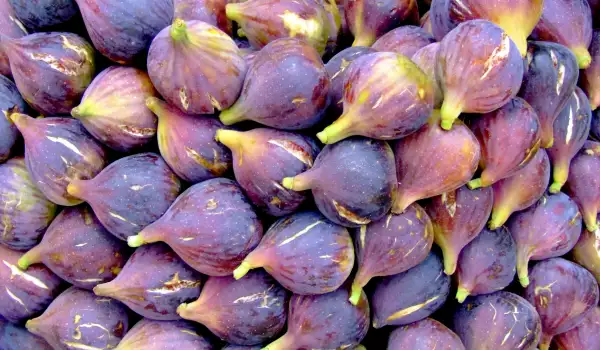
Figs are used for gastritis, inflammation of the respiratory tract and as a fever reducer. For this purpose, the decoction of the fruits is used, as well as fig jam.
A decoction of dried figs is recommended for fatigue, high fever, sore throat, oral infections, hoarseness. One tablespoon of chopped dried figs is poured with two teaspoons of boiling water and boiled for ten minutes on low heat. Strain and drink 1/2 cup four times a day.
Fresh fig leaves help with vitiligo. If discolored areas of the skin are applied with fresh crushed leaves to release their juice, skin pigmentation is restored.
The juice of fresh fig leaves moisturizes dry skin, heals blackheads and wounds, destroys warts and lightens birthmarks - this is known from ancient Eastern treatises.
Figs are ideal for breakfast, but in small quantities and mixed with other fruits. If you mix a handful of chopped dried figs with a handful of prunes, two tablespoons of almonds and scald all this with boiling water, you will get a great healthy breakfast that will charge your brain with unexpected energy.
Figs are contraindicated in pancreatic diseases and diabetes, as well as in stomach inflammation and gout. In case of metabolic disorders, figs are also not recommended.
Learn how to make homemade fig jam and find out what the benefits of fig milk are.
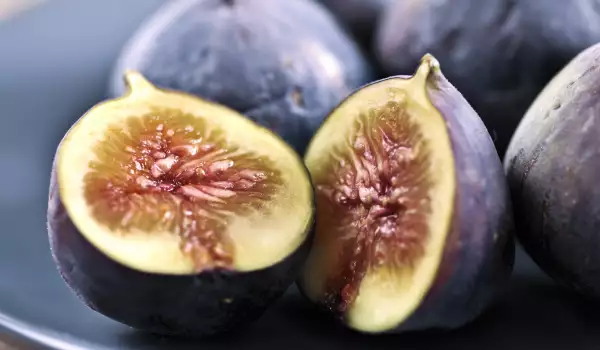




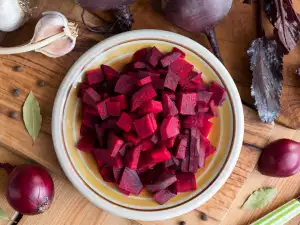
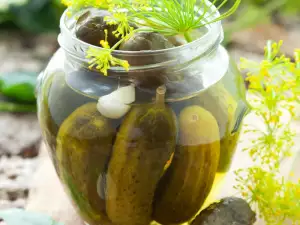
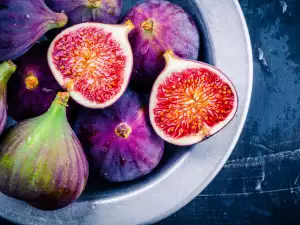
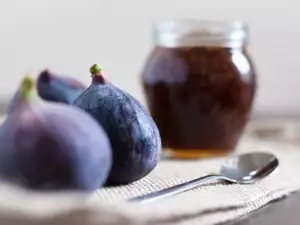
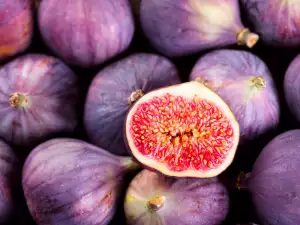

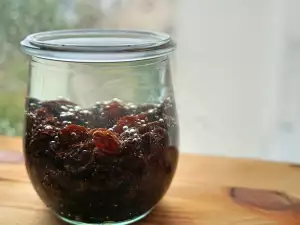



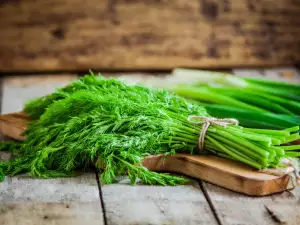




Comments